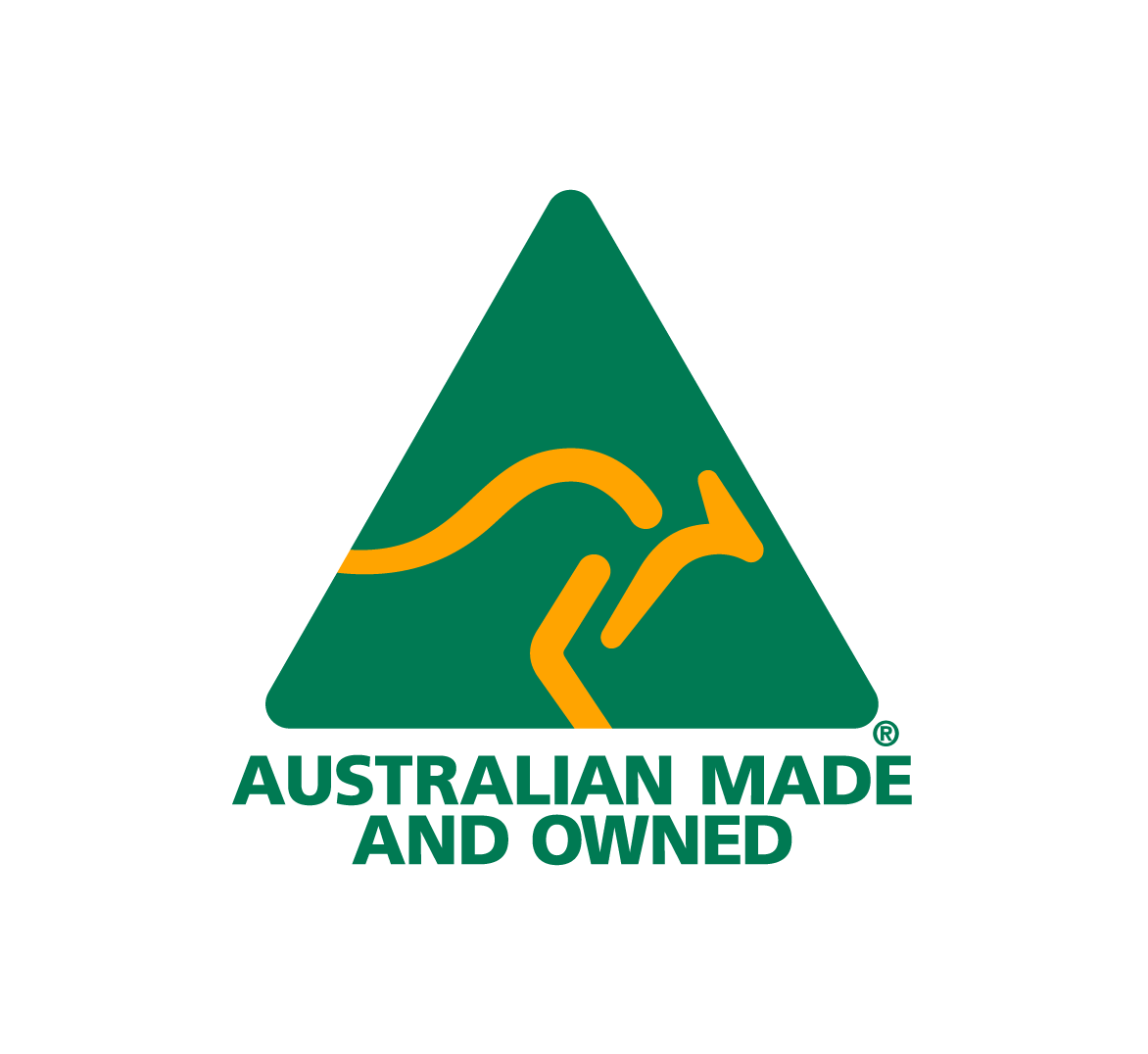COLUMN
From the Buyers Desk
By An Experienced Retail Professional
Edition 1 — Presenting Products to Toy Buyers
I have been in the retail trade for over 40 years, with over 30 of those years in the Toy Industry, and I have seen many changes over these years and also picked up a few tips along the way. In this first edition of “From the Buyers Desk”, I have laid out some notes below which are my views on how to present products to toy buyers. Hopefully some of these will strike a chord and assist you with your presentations and result in a positive outcome!
Step 1: Do Your Market Research
- Visit the retailer’s (and competitor’s) stores to see what they are offering and their pricing policy.
- Ensure you visit online retailers as well as overseas sites to see what your competitors are offering the market. The toy retail market is a global market and many retailers do their research the same way.
- You need to be objective when comparing your offering to the market — check pricing, sizing, quality, packaging, marketing, etc. How does your offering stand up to the competitor’s products and why will your product be accepted by consumers and sell better than the current market offering?
- Do consumer research if possible and ideally not just ask your family members opinion. This will give you valuable information.
- Ensure that your product meets all the regulatory QA standards, as well as any retailer specific requirements and guidelines.
- Check how the retailer operates — can you accept EDI orders and payments, can you deliver Australia-wide if you are pitching at a national retailer, do you know the retailer’s expectations on trading terms, can your production and cash flow allow for large orders, etc?
- Tailor your presentation to each buyer. You may not be able to cover every question the buyer may ask but the best advice is being prepared. This also instils confidence in the buyer!
Step 2: Check Product Details
- Ensure your packaging is secure (pilfer-proof), retail friendly, all consumer related information is on the front of the pack (your product only has two seconds to grab the consumer’s attention) and has all the required regulatory markings, etc.
- Are the dimensions of your product modular so that it makes best use of the retailer’s limited shelf space, and fits onto the store planogram? Keep in mind that retailers review return on their investment (ROI) and how productive the space allocated is.
- Please review the number of retail units in the outer carton pack (i.e. the reorderable unit). The reorder unit should be engineered to enable the retailer to fit a pack and a half “on show” (e.g. a pack of 6 allows 9 units shown). This retail shelf “on show” quantity should be able to cover 8 weeks’ sales at the maximum. Retailers must ensure they cover their cash flow requirements, and as a back of envelope rule of thumb, work on an average sales rate of one unit per store per week (lower for items over $100 and higher for items less than $10 retail).
- You must know your products well including the game play, size, what’s included, battery requirements, sustainability, etc. Incase the buyer asks questions.
- Do you have a marketing programme associated with your product? Is this a regional or a national programme? Please note you do not need a marketing programme to sell a product… the product is the most important thing (a strong marketing campaign cannot sell a poor product)!!
Step 3: Making an Appointment
- A good tip is to visit the retailer’s website, as many retailers have a plethora of information regarding doing business/trading with them, including trading terms, distribution, ordering, EDI, etc. Many have the relevant buyer’s names and contact details.
- A good suggestion is to send a tailored email to the relevant buyer with all the product information including price, availability, market data and sales projections plus any local or overseas sales information. Most buyers are time poor and the more information you can provide makes their decision easier and gives a better chance of a positive response. Think like a buyer and ask yourself what information would I need to make a decision?
- Be patient as it may take a few days for the buyer to respond. A suggestion is to send a follow up email after the 1st week and the 2nd week. After this follow up with a phone call. If the buyer is interested, a meeting will be scheduled and please ensure you have a sample (or a mockup) and all the relevant details — be prepared for questions you feel the buyer may ask.
- It is also recommended that your business is set up to trade ASAP. You may be asked to offer trading terms, prices, discounts, FIS deliveries, EDI compatibility, delivery options, returns procedures and payments terms (e.g. net 60 days).
- Know the retailer’s ordering procedures — warehouse, cross dock, direct-to-store, etc.
- Most of this information can be found on the retailer’s websites… however if not, please ask questions. You have to be comfortable that you want to supply the retailer as well… business is a two-way street and has to be beneficial for both parties.
Step 4: Orders
- Once you have established business please understand the individual retailer’s systems. Ensure orders are packed correctly with the correct retailer carton markings, EDI labels attached correctly and stock is delivered on time so you are paid on time.
- Ensure you follow up the delivery with the carrier to ensure it is delivered on time. It is the supplier’s responsibility to ensure the carrier delivers as per the order and on time.
- Once a product is in stores, please monitor the sales units, sell through % and the customer reviews (on retailer’s websites) to correct any issues or make improvements along the way.
- Watch sales and email the buyer (approx. 6-8 weeks after the launch in stores) with an update on how the item is selling (tip — do not assume the buyer has time to review all their products every week — this can be well over 1000 SKUs and any assistance is appreciated). Usually after 8 weeks the product has had time to establish a regular sales pattern on which you can base your sales/production forecasts. If sales are positive — offer extra follow up stocks and if sales are lower than expectations have a proactive remedial plan to address the situation.)
SUMMARY
- Do your research and be prepared.
- Know your product and why it meets the market needs. Ensure your product is customer and retail friendly.
- Know the retailer you are selling to and tailor your offer to their specific needs.
- Monitor sales, customer feedback and competitor’s actions and adapt.
- Business is a two-way street and it has to be beneficial to both parties.
I hope some of these points can assist you in your endeavours of selling to retailers. They are by no way an exhaustive list however they are just thought starters to assist in your thinking process. Good luck and good sales!!






